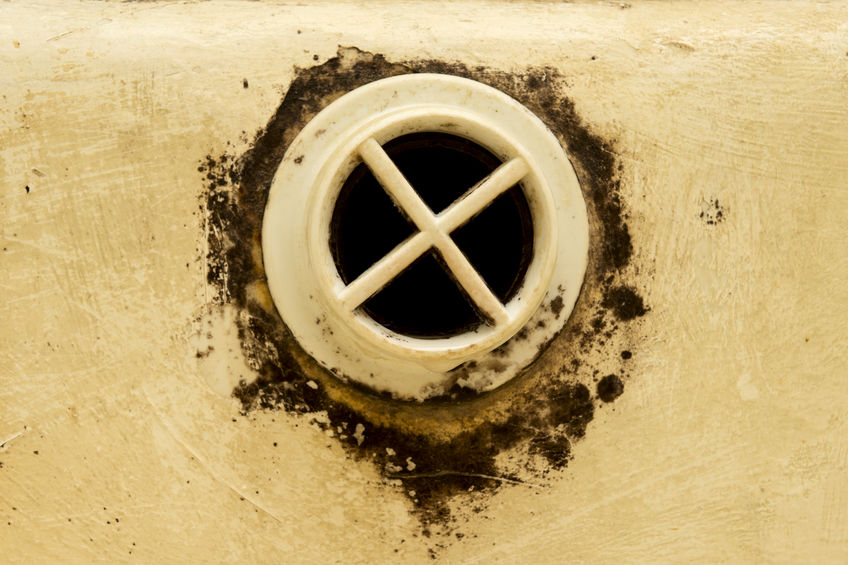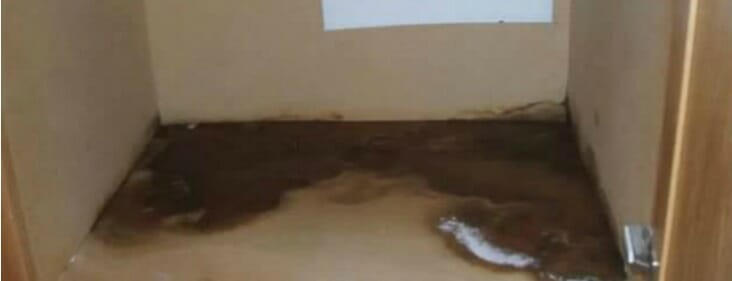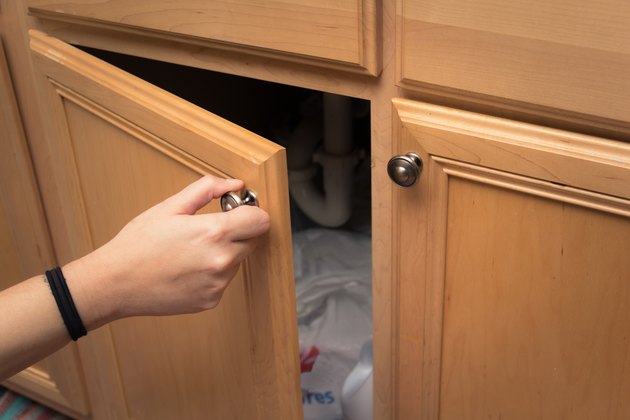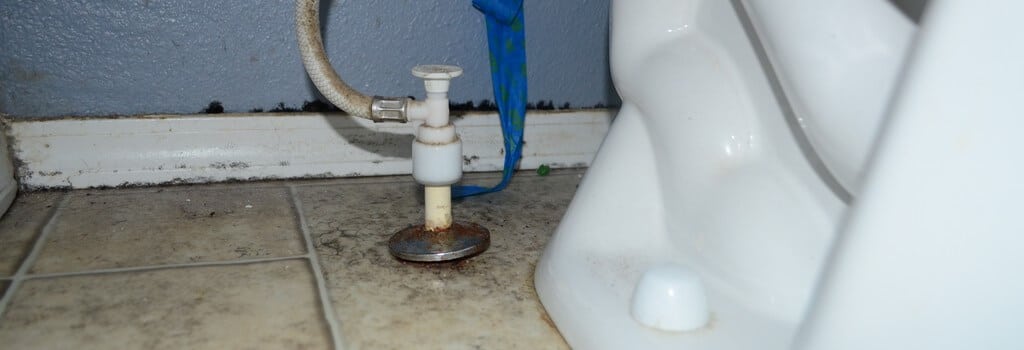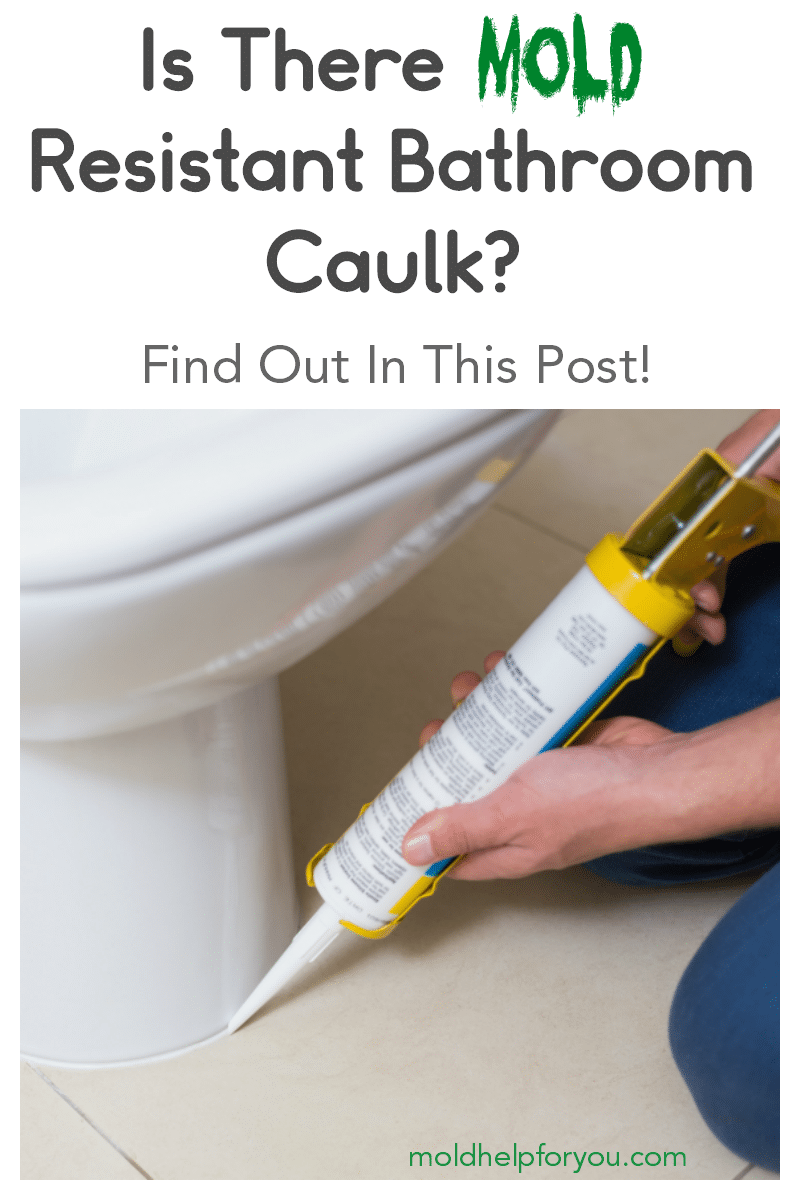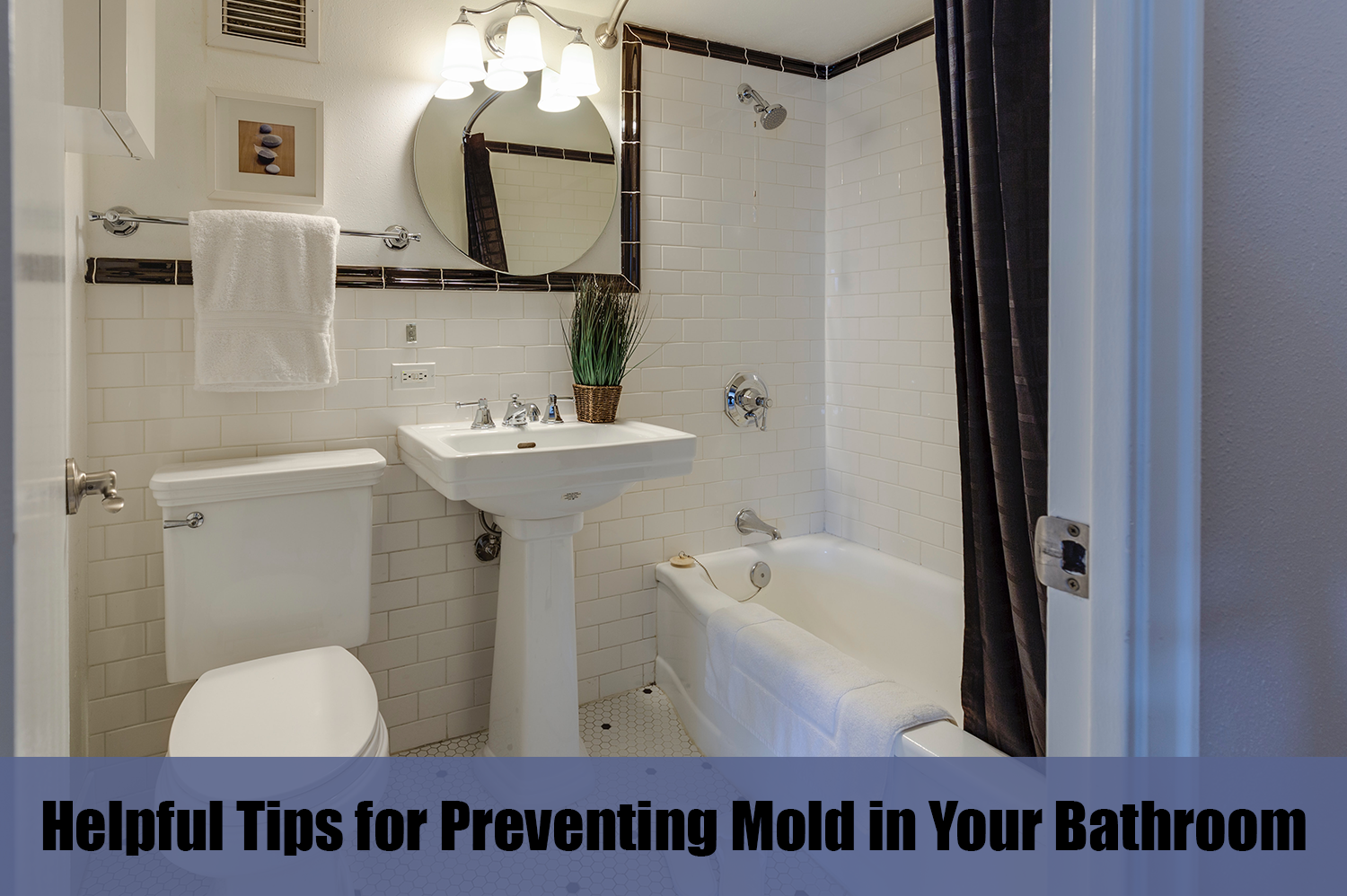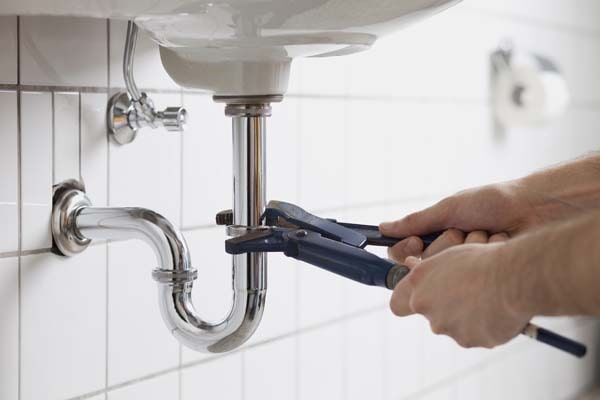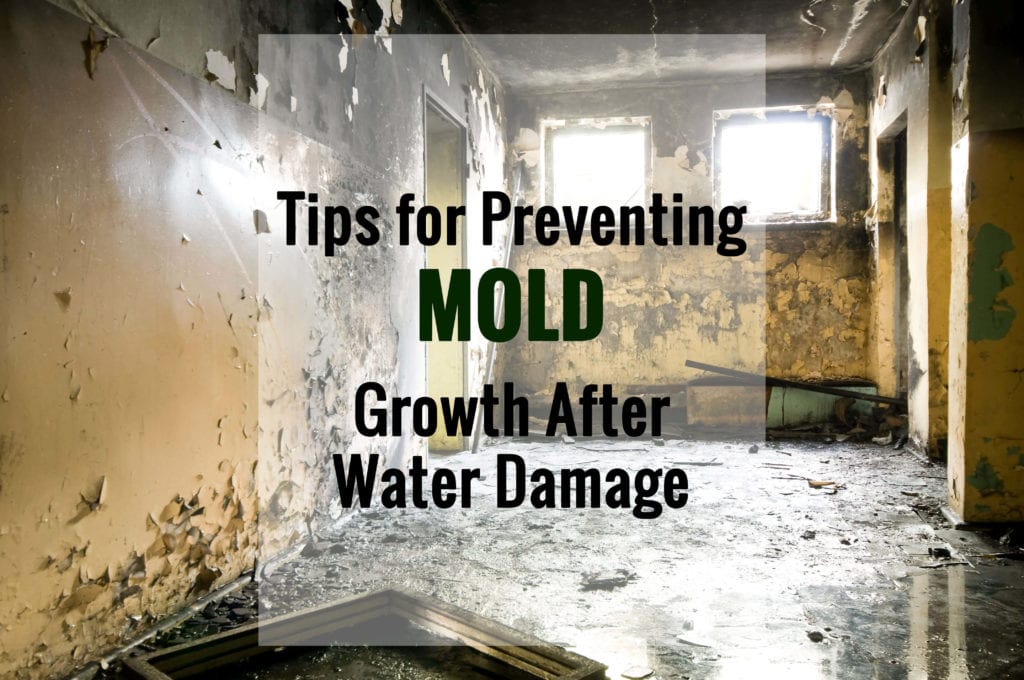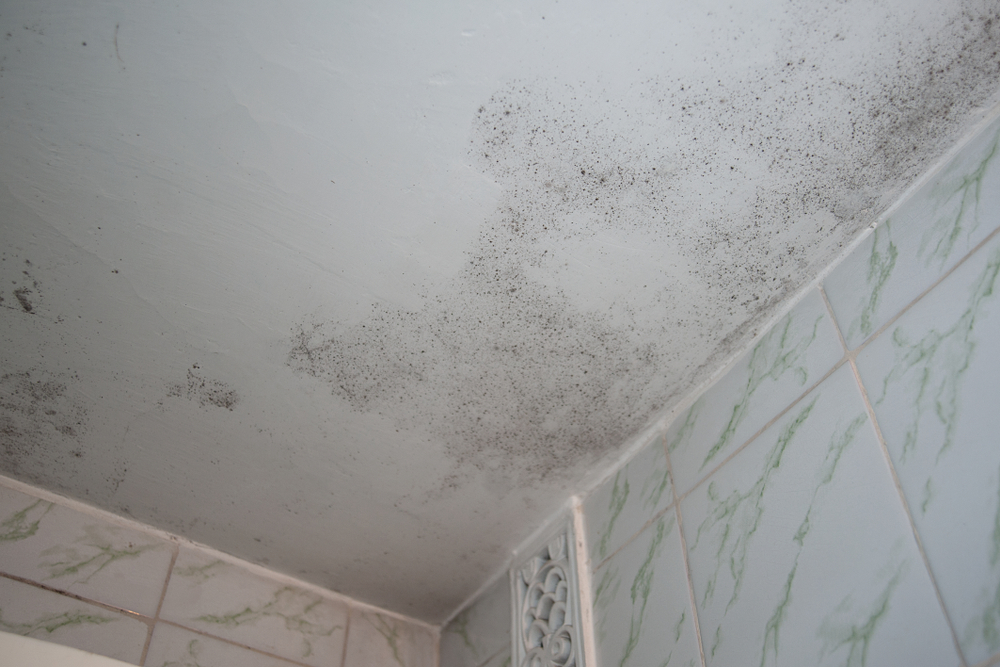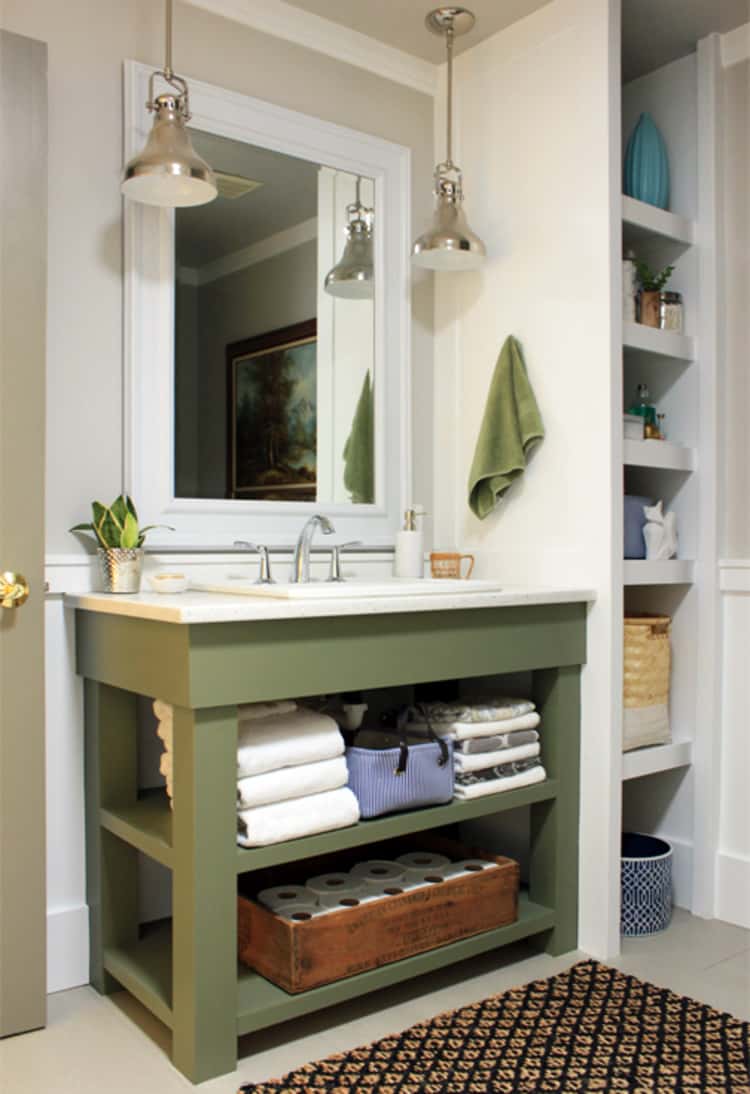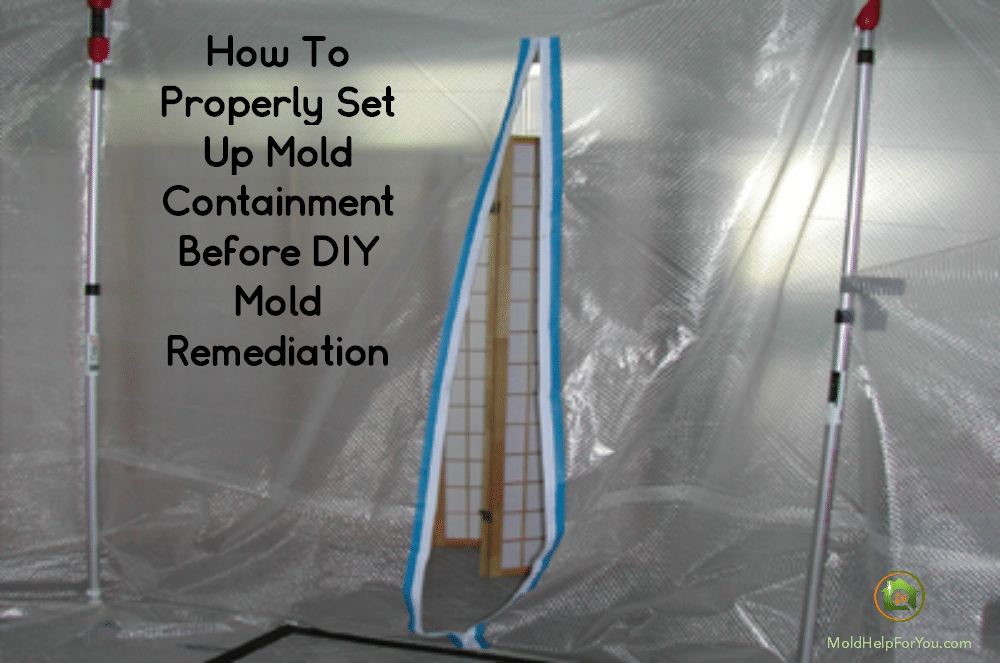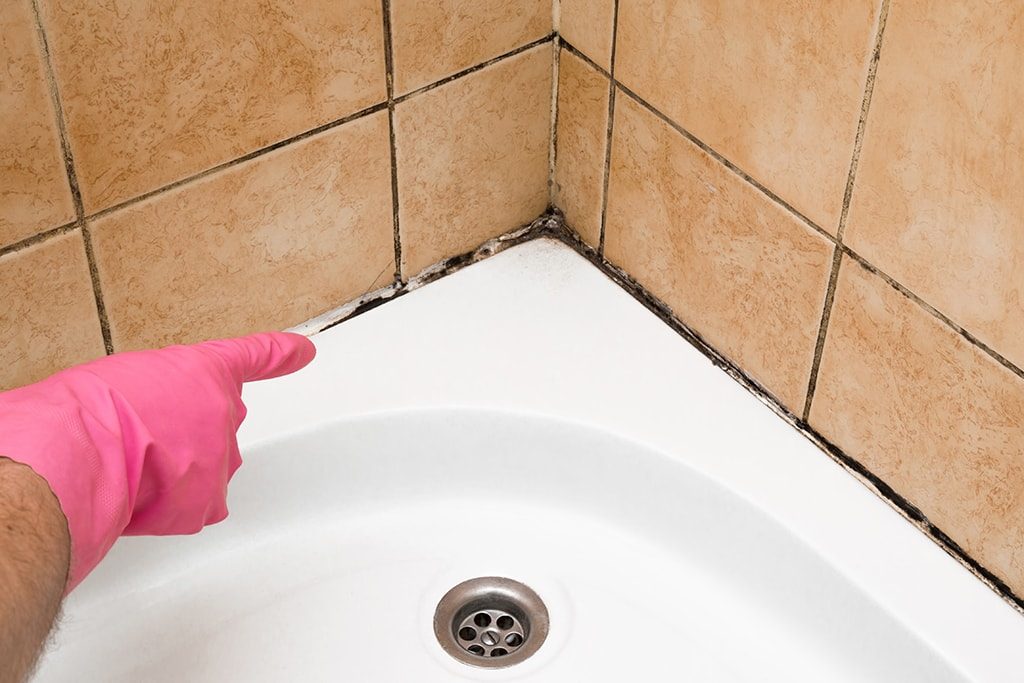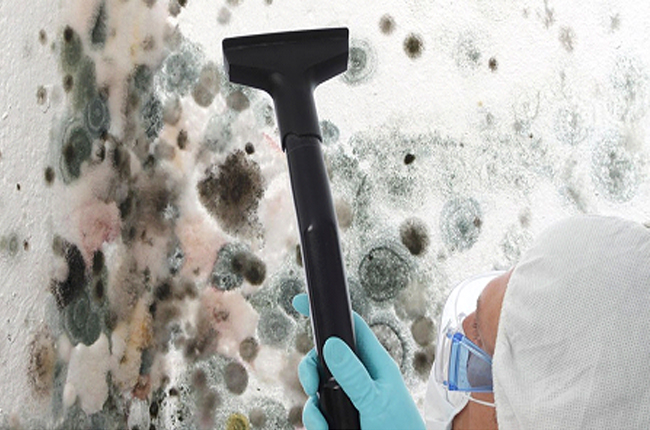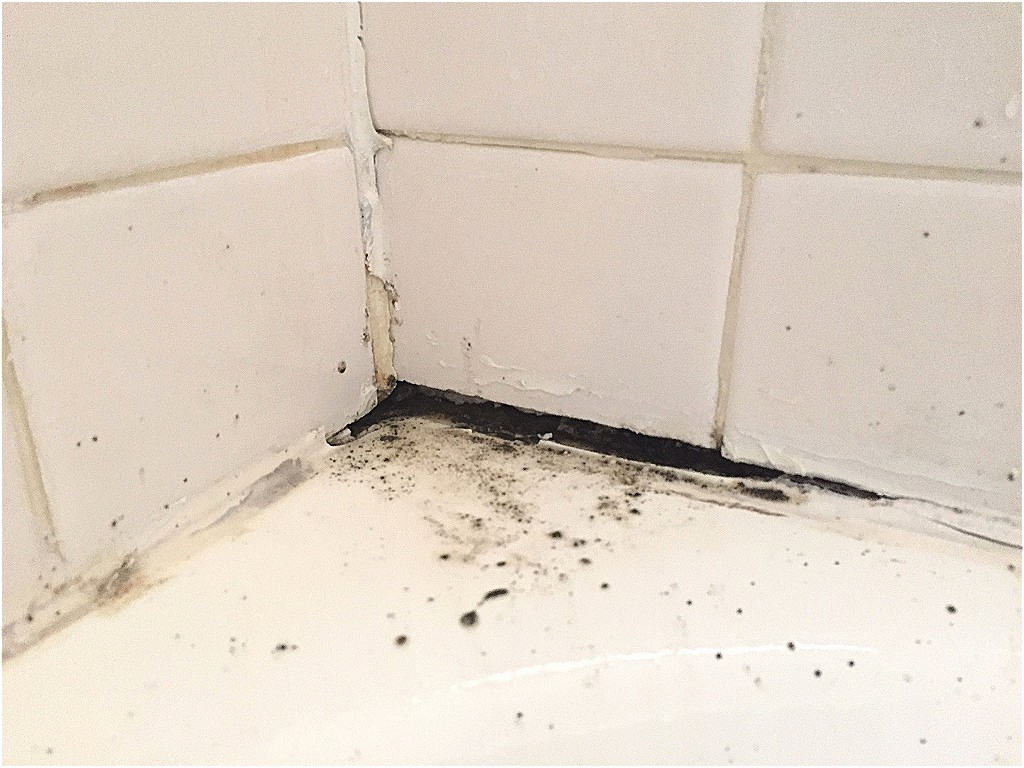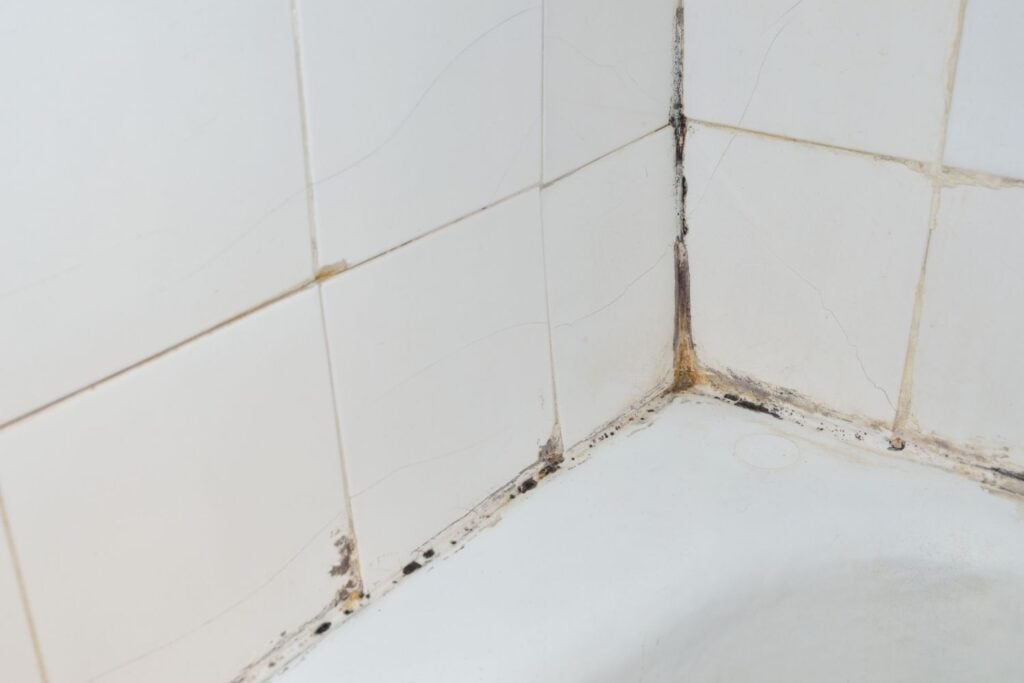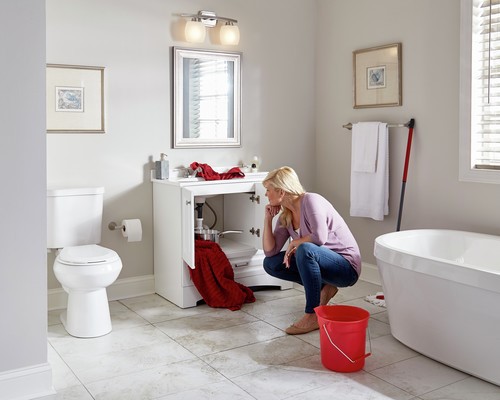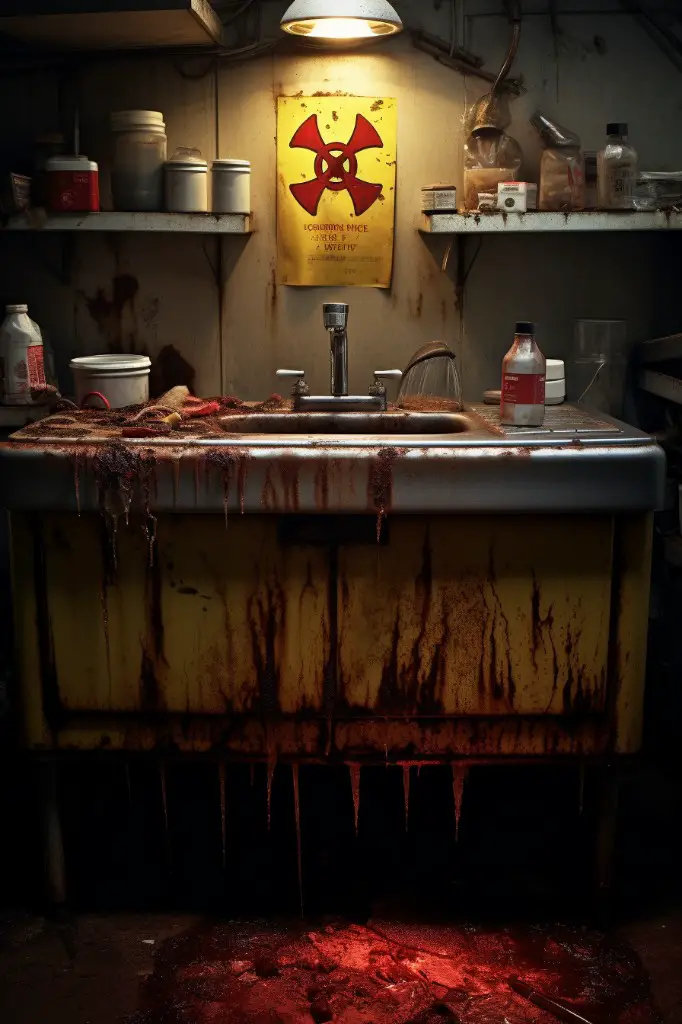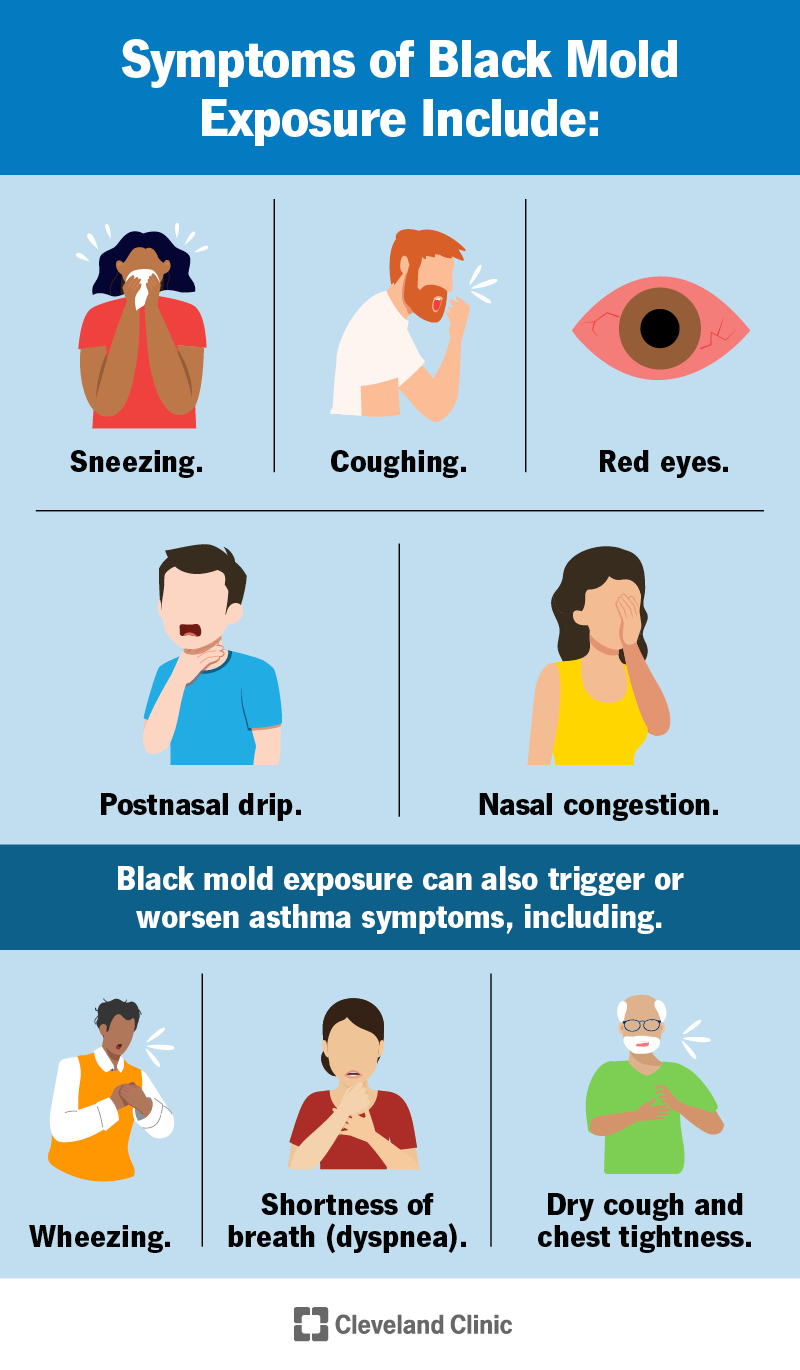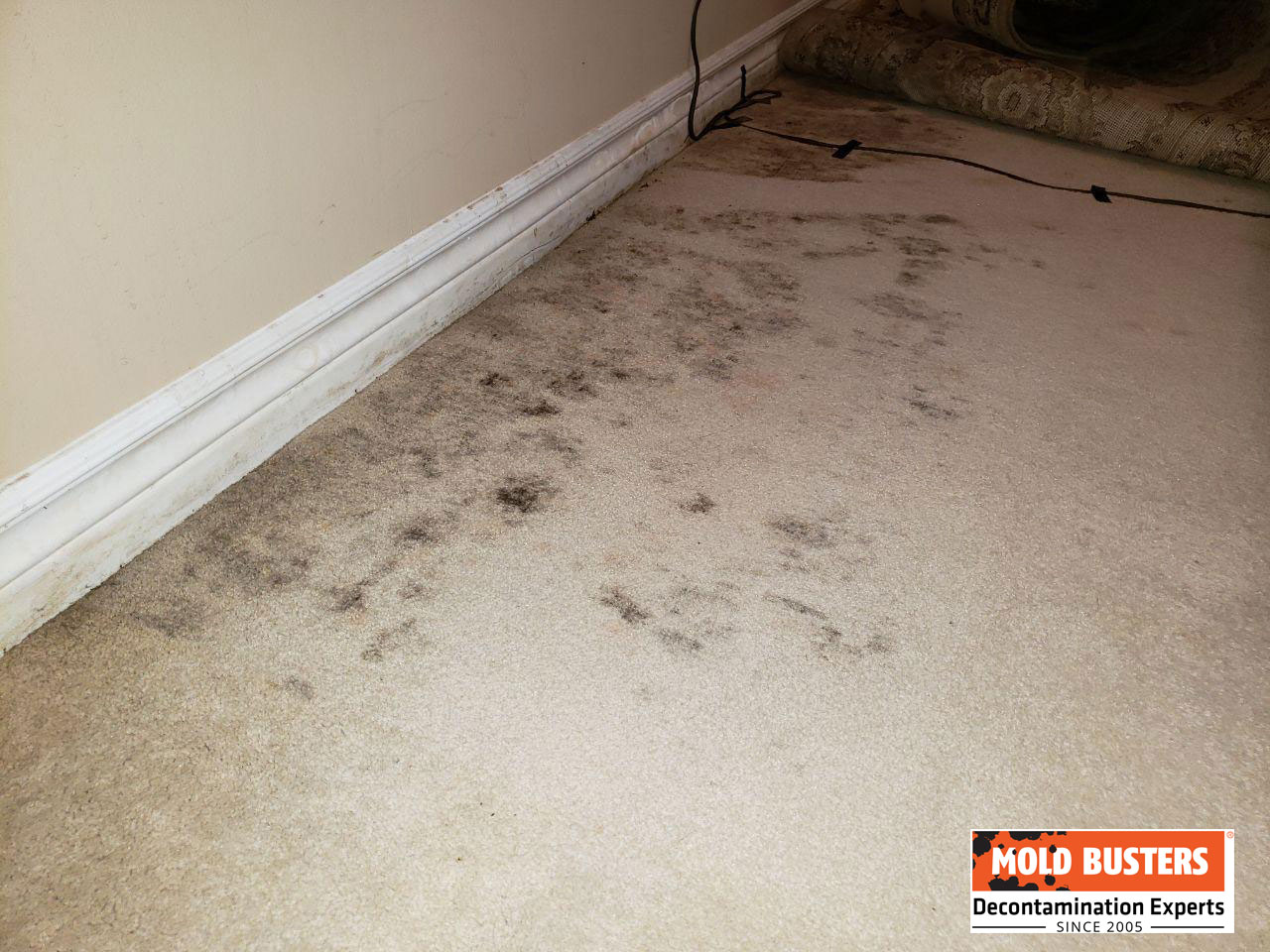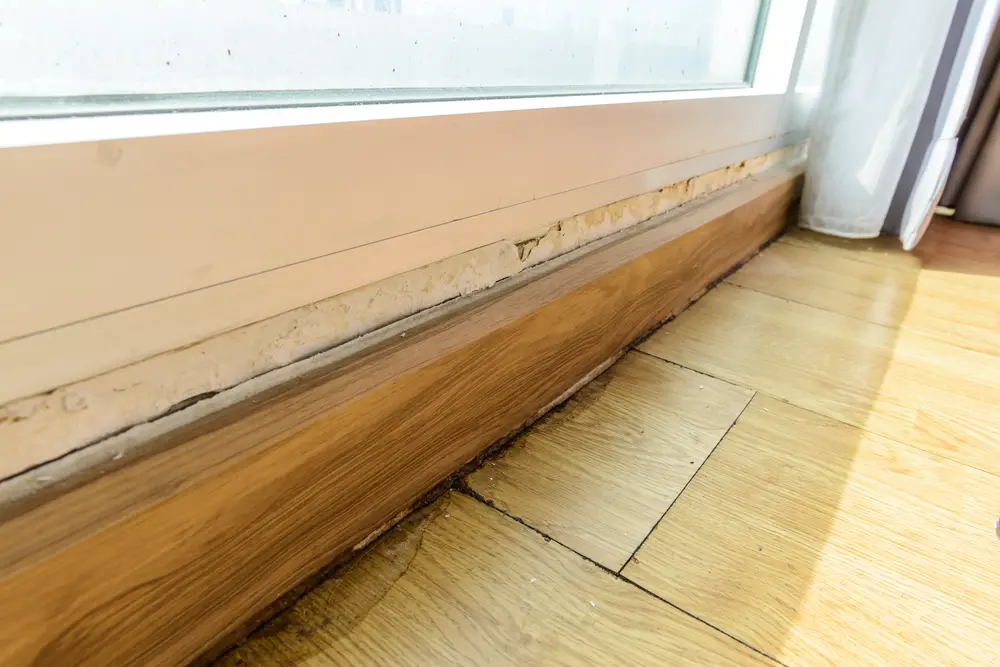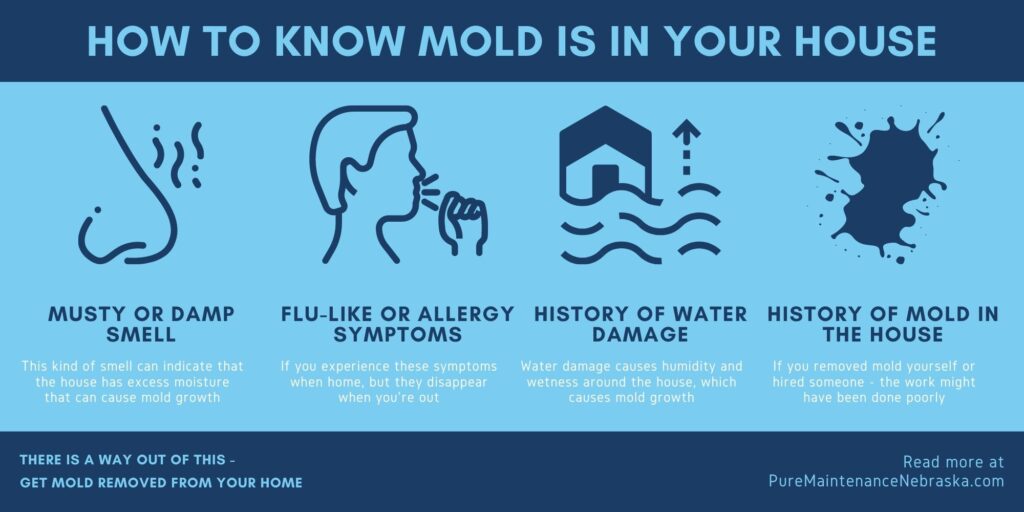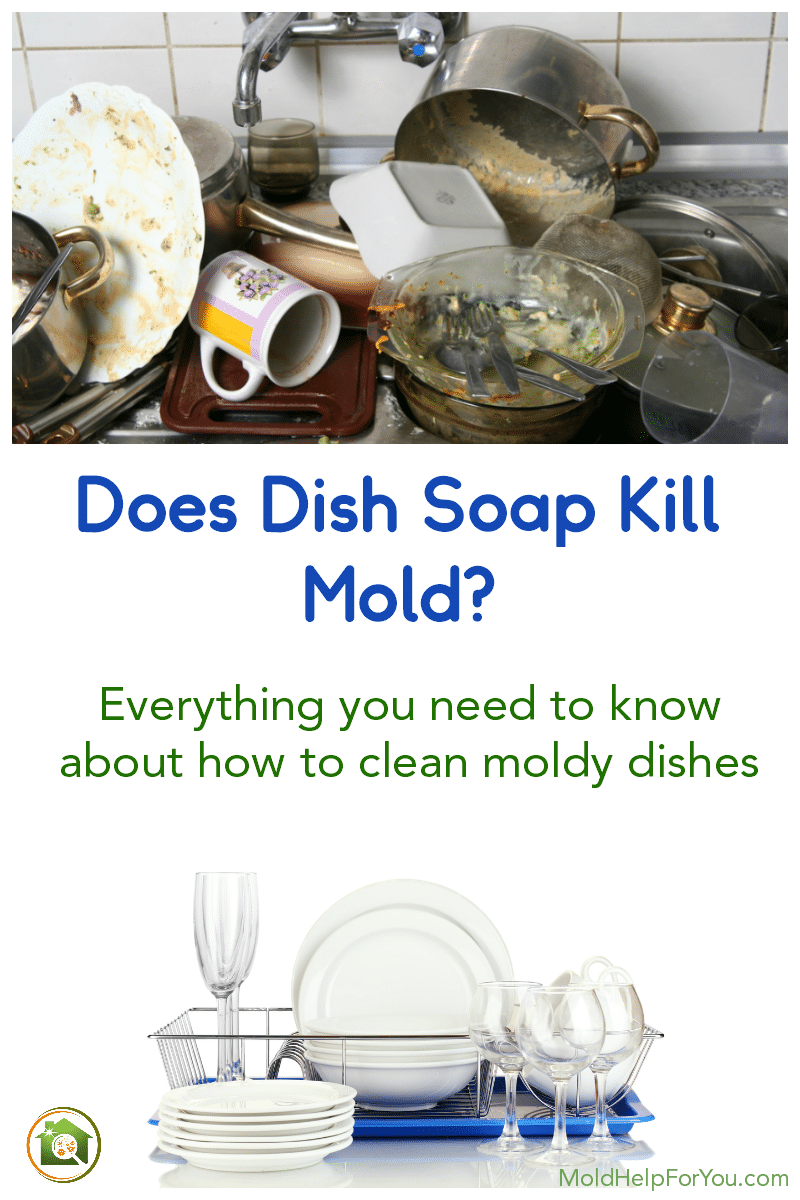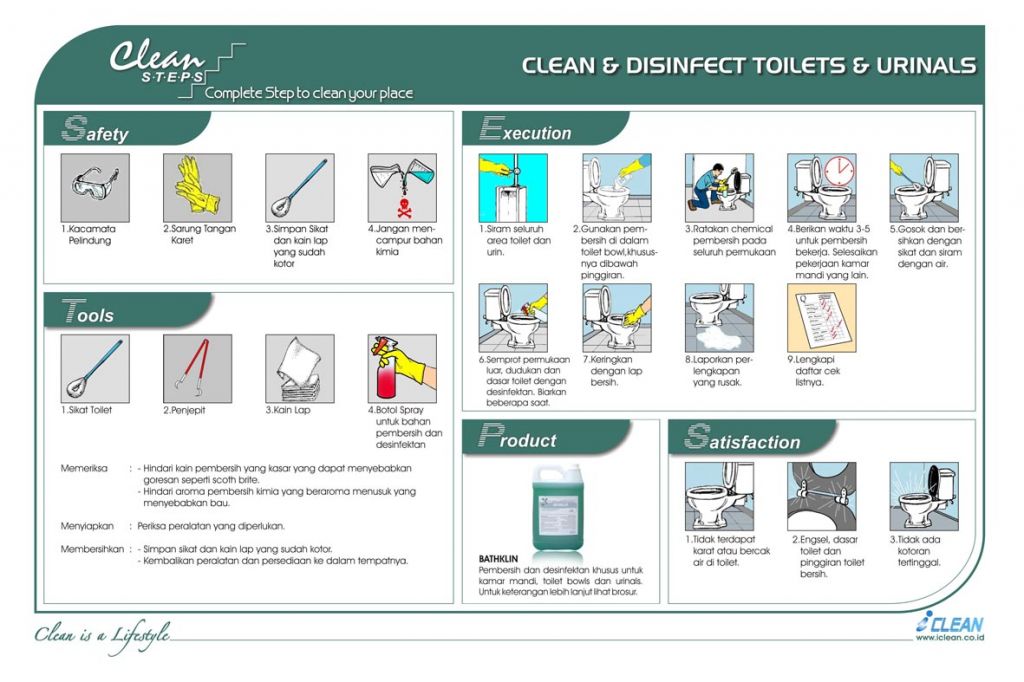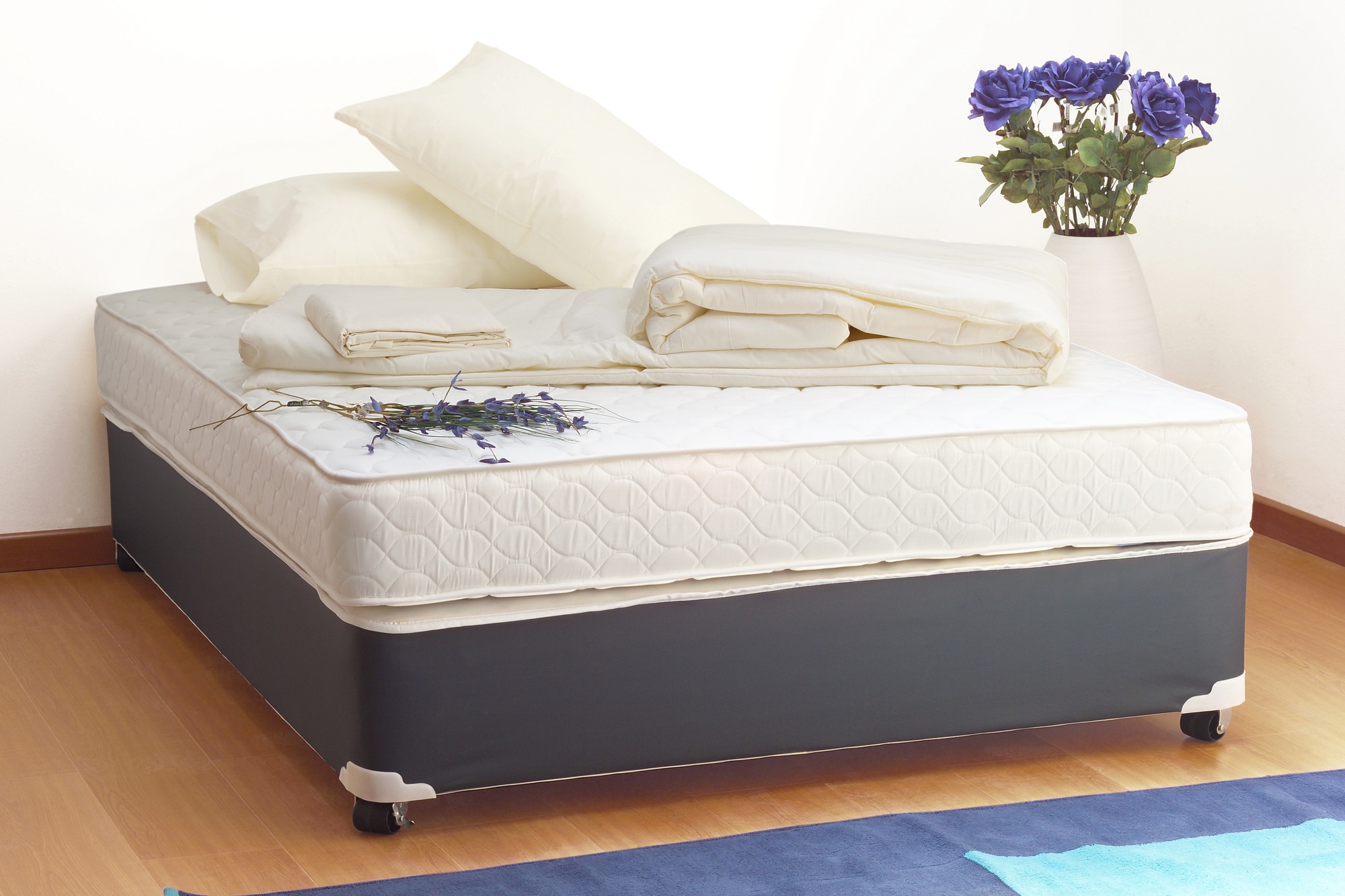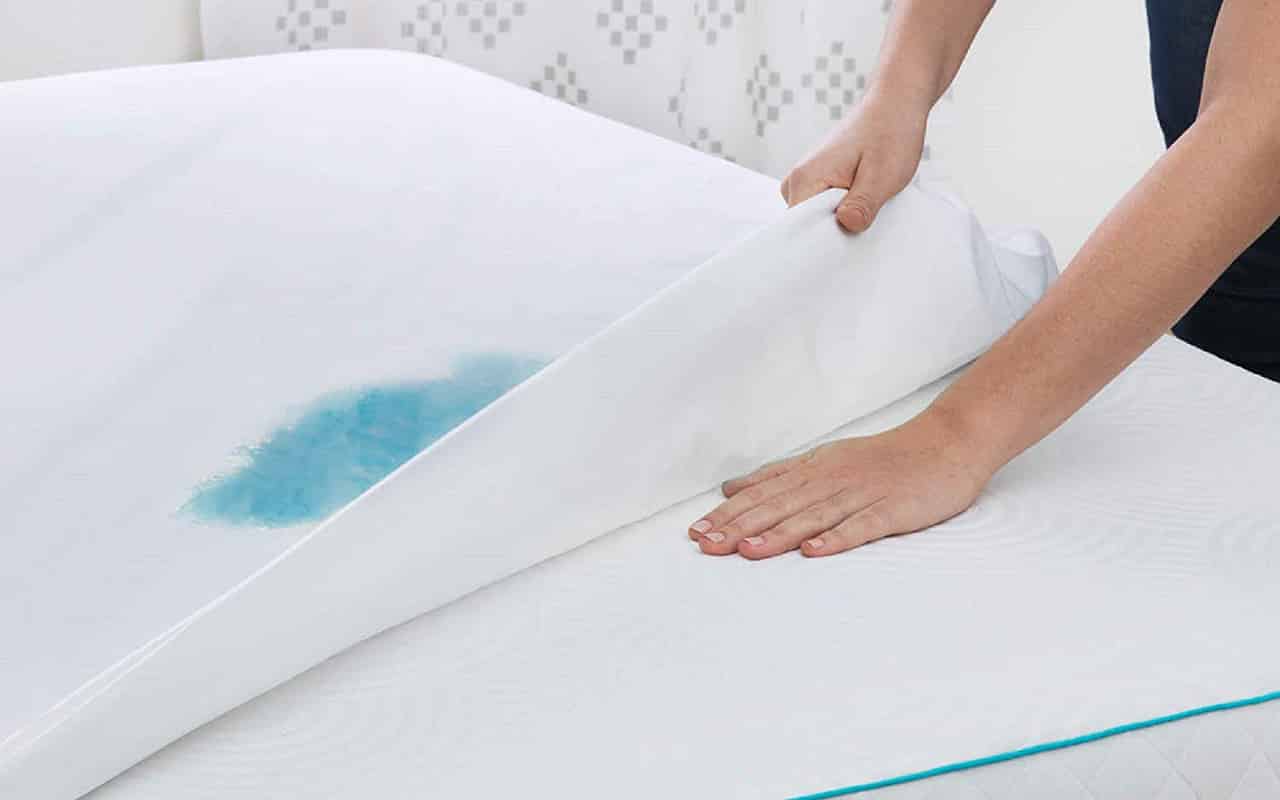Discovering mold under your bathroom sink can be a homeowner's worst nightmare. Not only is it unsightly and unpleasant, but it can also pose serious health risks if left untreated. But fear not, with the right knowledge and tools, you can effectively remove and prevent mold growth under your bathroom sink. Mold Removal Under Bathroom Sink
Mold under the bathroom sink is a common occurrence due to the damp and dark environment. To get rid of it, start by wearing protective gear such as gloves, goggles, and a mask. Then, mix equal parts of white vinegar and water in a spray bottle and spray the affected area. Let it sit for 15 minutes before scrubbing with a brush. For tougher mold, use a mixture of bleach and water. After cleaning, dry the area thoroughly to prevent future mold growth. How to Get Rid of Mold Under Bathroom Sink
The best way to deal with mold under your bathroom sink is to prevent it from happening in the first place. Make sure to fix any leaks in the pipes and regularly clean and dry the area. You can also use a dehumidifier to reduce moisture levels. Additionally, avoid storing items under the sink to allow proper air circulation. Preventing Mold Growth Under Bathroom Sink
While some mold cases may require professional help, smaller areas of mold under the bathroom sink can be tackled with DIY methods. Aside from the vinegar and bleach solutions mentioned earlier, you can also use hydrogen peroxide or borax to remove mold. Just remember to always wear protective gear and thoroughly dry the area after cleaning. DIY Mold Remediation Under Bathroom Sink
If you prefer using commercial products, there are many options available for mold removal under the bathroom sink. Look for products specifically designed for mold and mildew removal and follow the instructions carefully. Some popular options include Tilex Mold and Mildew Remover, Concrobium Mold Control, and RMR-86 Instant Mold and Mildew Stain Remover. Best Products for Removing Mold Under Bathroom Sink
In some cases, the mold under your bathroom sink may be too extensive for DIY methods. In these situations, it's best to call a professional mold remediation service. They have the expertise and equipment to safely and effectively remove mold from your home. It's also a good idea to hire a professional if you have health issues that may be aggravated by mold exposure. Professional Mold Removal Services for Bathroom Sink
Understanding the causes of mold growth under your bathroom sink can help you prevent it from happening. The most common cause is moisture, which can come from leaking pipes, poor ventilation, or even spills that are not properly cleaned up. Other factors that contribute to mold growth include high humidity levels, darkness, and organic materials such as wood and paper. Common Causes of Mold Under Bathroom Sink
It's important to regularly check for signs of mold under your bathroom sink, as it can quickly spread and become a bigger problem. Some signs to look out for include a musty odor, discoloration or stains on the walls or cabinets, and visible mold growth. You may also notice a damp feeling or increased humidity in the area. Signs of Mold Under Bathroom Sink
Mold can have serious health consequences, especially for those with allergies or respiratory issues. Inhaling mold spores can cause allergic reactions, respiratory infections, and even aggravate asthma. Prolonged exposure to mold can also lead to more severe health problems. It's important to address mold growth under your bathroom sink to protect your health and wellbeing. Health Risks of Mold Under Bathroom Sink
After successfully removing mold from under your bathroom sink, it's essential to clean and disinfect the area properly. This will help prevent future mold growth and ensure the safety of your home. Mix equal parts of water and bleach in a spray bottle and thoroughly clean the area. Rinse with water and then disinfect with a disinfectant spray. Remember to wear protective gear and properly ventilate the area. How to Clean and Disinfect Mold Under Bathroom Sink
Mold Under Bathroom Sink: Causes, Prevention, and Remediation

Introduction
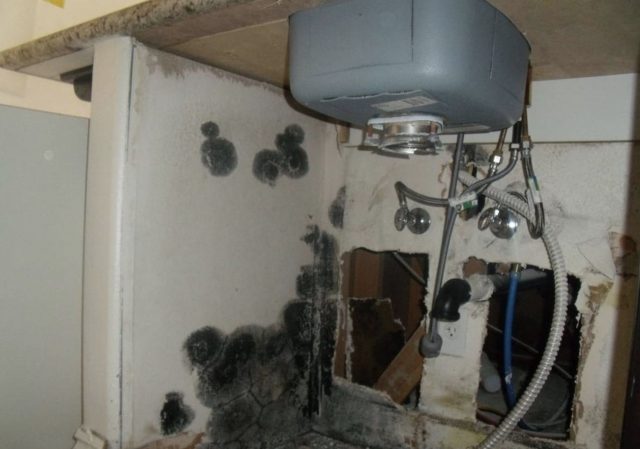 Mold is a common problem that plagues many homeowners, and one of the most common places to find it is under the bathroom sink. Not only is it unsightly, but it can also cause health issues for you and your family. In this article, we will discuss the causes of mold under the bathroom sink, how to prevent it, and how to remediate it if it has already taken hold.
Mold is a common problem that plagues many homeowners, and one of the most common places to find it is under the bathroom sink. Not only is it unsightly, but it can also cause health issues for you and your family. In this article, we will discuss the causes of mold under the bathroom sink, how to prevent it, and how to remediate it if it has already taken hold.
Causes of Mold Under the Bathroom Sink
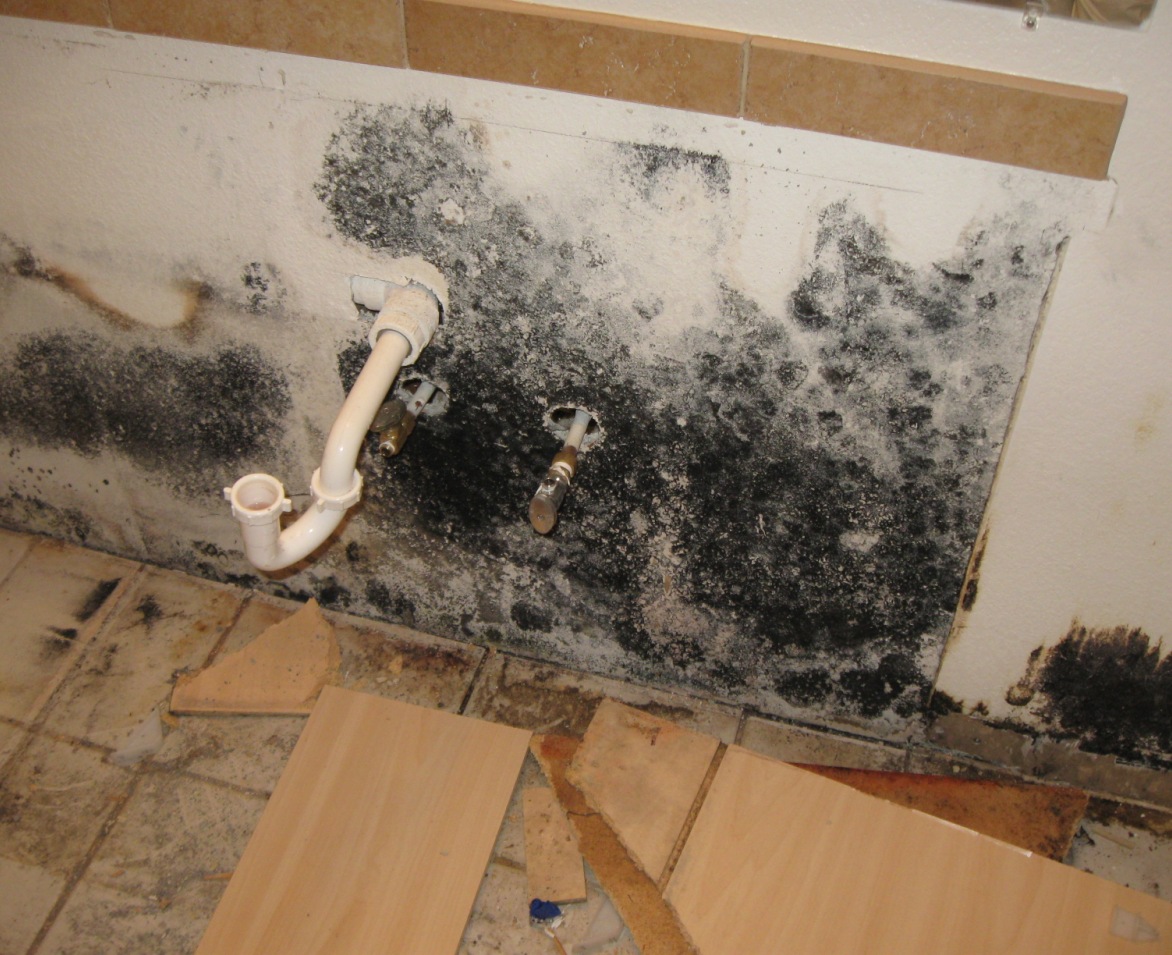 The bathroom is a damp and humid environment, making it the perfect breeding ground for mold. When combined with poor ventilation and lack of light, mold can quickly grow and spread under your bathroom sink. Leaky pipes, faulty plumbing, and water damage can also contribute to mold growth. Additionally, if you have a lot of clutter under your sink, it can prevent proper air circulation and promote mold growth.
The bathroom is a damp and humid environment, making it the perfect breeding ground for mold. When combined with poor ventilation and lack of light, mold can quickly grow and spread under your bathroom sink. Leaky pipes, faulty plumbing, and water damage can also contribute to mold growth. Additionally, if you have a lot of clutter under your sink, it can prevent proper air circulation and promote mold growth.
Prevention of Mold Under the Bathroom Sink
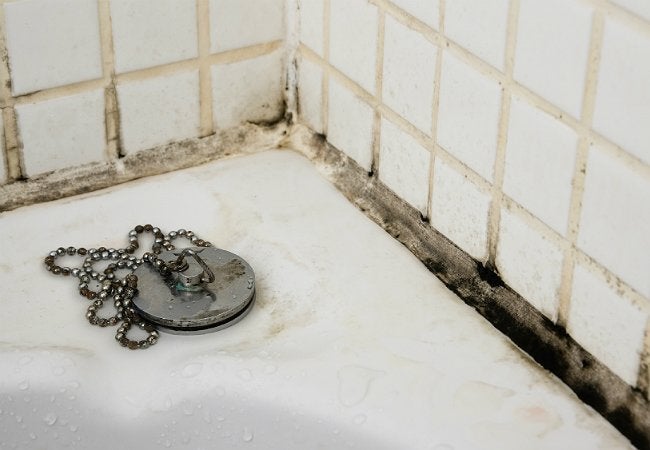 The best way to prevent mold under your bathroom sink is to keep the area clean and dry. Regularly check for any leaks or water damage and address them immediately. Use a dehumidifier or open a window after showering to reduce the humidity in the room. It is also essential to declutter the area under your sink and make sure that all items are properly stored and not blocking any air vents.
Tip:
Use a mixture of equal parts water and vinegar to clean the area under your sink. Not only will it remove any mold, but it will also help prevent future growth.
The best way to prevent mold under your bathroom sink is to keep the area clean and dry. Regularly check for any leaks or water damage and address them immediately. Use a dehumidifier or open a window after showering to reduce the humidity in the room. It is also essential to declutter the area under your sink and make sure that all items are properly stored and not blocking any air vents.
Tip:
Use a mixture of equal parts water and vinegar to clean the area under your sink. Not only will it remove any mold, but it will also help prevent future growth.
Remediation of Mold Under the Bathroom Sink
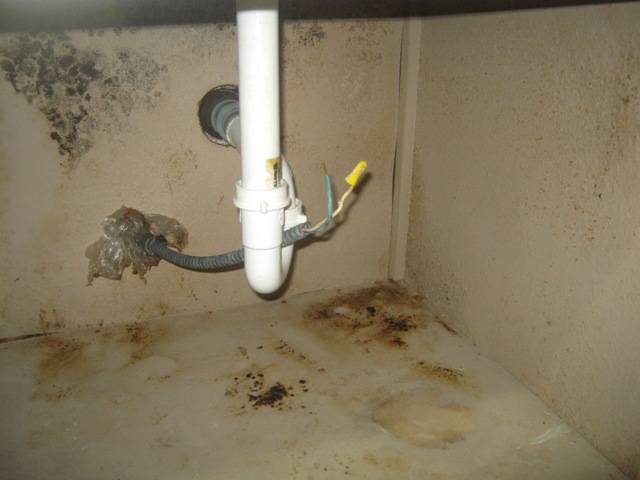 If you have already discovered mold under your bathroom sink, it is essential to take immediate action to prevent it from spreading. The first step is to identify the source of the moisture and address it. Then, remove any visible mold using a mixture of water and bleach. Wear protective gear such as gloves and a mask while doing this to avoid inhaling any mold spores. After cleaning, make sure to thoroughly dry the area to prevent the mold from returning.
Tip:
If the mold growth is extensive or you are sensitive to chemicals, it is best to hire a professional mold remediation service to handle the situation.
If you have already discovered mold under your bathroom sink, it is essential to take immediate action to prevent it from spreading. The first step is to identify the source of the moisture and address it. Then, remove any visible mold using a mixture of water and bleach. Wear protective gear such as gloves and a mask while doing this to avoid inhaling any mold spores. After cleaning, make sure to thoroughly dry the area to prevent the mold from returning.
Tip:
If the mold growth is extensive or you are sensitive to chemicals, it is best to hire a professional mold remediation service to handle the situation.
In Conclusion
 Mold under the bathroom sink may seem like a common and minor issue, but it can quickly become a significant problem if left untreated. By understanding the causes, taking preventive measures, and knowing how to remediate it, you can keep your bathroom mold-free and maintain a healthy living environment for you and your family. Remember to regularly check and clean under your sink to prevent mold growth, and address any water damage or leaks immediately to keep your home safe and free from mold.
Mold under the bathroom sink may seem like a common and minor issue, but it can quickly become a significant problem if left untreated. By understanding the causes, taking preventive measures, and knowing how to remediate it, you can keep your bathroom mold-free and maintain a healthy living environment for you and your family. Remember to regularly check and clean under your sink to prevent mold growth, and address any water damage or leaks immediately to keep your home safe and free from mold.



